Internal Wall Insulation Grant
If your home feels cold no matter how high you turn the heating up, the walls may be the problem. Around a third of the heat in a solid-walled property escapes straight outside. The good news is that there are government-backed grants that can help fix this, without you footing the full bill.
Through the ECO4 scheme, households on low incomes or certain benefits can often have internal wall insulation installed completely free of charge. For others, the Great British Insulation Scheme (GBIS) provides part-funding, making the upgrade far more affordable. Both are designed to make homes warmer, cheaper to run, and better for the environment.
At Free Energy Savings, we guide you through the process from start to finish. From checking your eligibility to arranging the free property survey and managing the paperwork, we handle it all, so you don’t have to worry about complicated forms or confusing rules.
Apply Now For A Free Internal Wall Insulation Grant
Fill out the form below to take advantage of the free internal wall insulation grant.
By submitting this form, you consent to us contacting you by phone, SMS, or email regarding your ECO4 Free Boiler Grant application. We will not use your details for unrelated marketing. See our Privacy Policy for more. You can opt out at any time.

3 Step Eligibility Process

Complete Online Form
Fill out our quick online form to apply for your internal wall insulation grant.
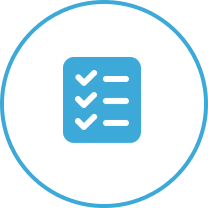
Get a Survey
Schedule a free home survey to assess your property’s current insulation and energy needs

Get an Internal Wall Insulation Grant
Receive a grant for a brand new, internal wall insulation system at no cost.
Who Qualifies for an Internal Wall Insulation Grant?
You might be wondering whether your household qualifies for funding. The answer depends on which scheme you apply through. The two main routes are ECO4 and GBIS, with an additional option called LA Flex (local authority flexibility).
ECO4 Scheme
- Designed for households on a low income or claiming means-tested benefits.
- Your property needs an EPC rating of D to G (less efficient homes).
- If you qualify, ECO4 often covers the full cost of installation.
- Typical qualifying benefits include:
- Universal Credit
- Pension Credit
- Jobseeker’s Allowance (income-based)
- Employment Support Allowance (income-based)
- Income Support
- Tax Credits (Child or Working)
- Universal Credit
GBIS (Great British Insulation Scheme)
- Broader eligibility – you don’t need to be on benefits.
- Your home must usually have an EPC rating of D or below.
- Council Tax bands A–D in England (A–E in Scotland and Wales).
- Funding is typically partial, meaning you may still contribute towards the cost.
LA Flex (Local Authority Flexibility)
Some councils can approve applications for households that fall just outside the usual rules, for example, where residents have health conditions made worse by a cold home.
Internal Wall Insulation Grants Comparison
| Feature | ECO4 | GBIS |
|---|---|---|
| Who qualifies | Low-income / benefits households | Wider eligibility (not benefit-based) |
| Property EPC | D–G | D or below |
| Council Tax | Not relevant | Bands A–D (England), A–E (Scotland/Wales) |
| Funding | Often fully funded | Usually partial funding |
Where Do You Fit?
It’s worth stressing: you don’t need to work out all the rules yourself. At Free Energy Savings, we check your details against both schemes and if you qualify, we guide you through the quickest route to funding.
Not sure where your home sits? That’s exactly what the free eligibility check is for.
What Is an Internal Wall Insulation Grant?
An internal wall insulation grant is funding provided through government-backed schemes to help cover the cost of insulating solid walls from the inside of your home. It’s aimed at properties built with solid walls, common in houses built before the 1930s, which lose far more heat than homes with cavity walls.
There are two main funding routes:
- ECO4 Scheme – This is mainly for households on a low income or receiving certain benefits. If you qualify, the grant can often cover the entire cost of installation.
- GBIS (Great British Insulation Scheme) – This has wider eligibility. You don’t need to be on benefits to apply, though the funding usually covers only part of the cost.
Both schemes are designed to make solid-walled homes warmer and cheaper to heat.
It’s also worth knowing the difference between internal wall insulation and external wall insulation. Both reduce heat loss, but external insulation involves fitting a new layer to the outside of your home, which isn’t always suitable. If you live in a conservation area, a listed building, or simply don’t want to change the look of your property, internal insulation is often the better option.
In short, these grants exist to make what would otherwise be an expensive job much more affordable, sometimes even completely free. For many households, it’s the only realistic way to upgrade their home’s energy efficiency without paying thousands upfront.

Why Internal Wall Insulation Is Important
Without insulation, solid walls can leak a huge amount of energy, up to 35% of your home’s heat escapes this way. That’s not just wasted warmth, it’s wasted money. For many households, that means an extra £200 to £700 (sometimes more) added to heating bills every year.
Installing internal wall insulation helps stop this constant heat loss. It traps warmth inside during colder months and keeps rooms cooler when the weather warms up. That means less reliance on the boiler, more stable indoor temperatures, and a home that simply feels more comfortable all year round.
But the benefits go beyond comfort. By improving your property’s EPC rating, internal wall insulation makes your home more energy efficient on paper too. That can increase the value of your property, something future buyers and landlords pay close attention to.
It also plays a role in reducing your carbon footprint. Cutting down wasted heat means fewer CO₂ emissions, helping the UK’s wider goal of reaching net zero. It’s a personal upgrade that contributes to a bigger picture.
Not every property is suitable for external insulation. Listed homes, heritage properties, or buildings with planning restrictions often can’t be altered on the outside. In those cases, internal wall insulation is usually the best and sometimes the only practical solution.
Once fitted, internal insulation can last for 25 years or more with little maintenance. It’s a one-off improvement that keeps paying you back, year after year.
For many households, the question isn’t if it makes sense to insulate, it’s how to make it affordable. That’s exactly where ECO4 and GBIS funding comes in.
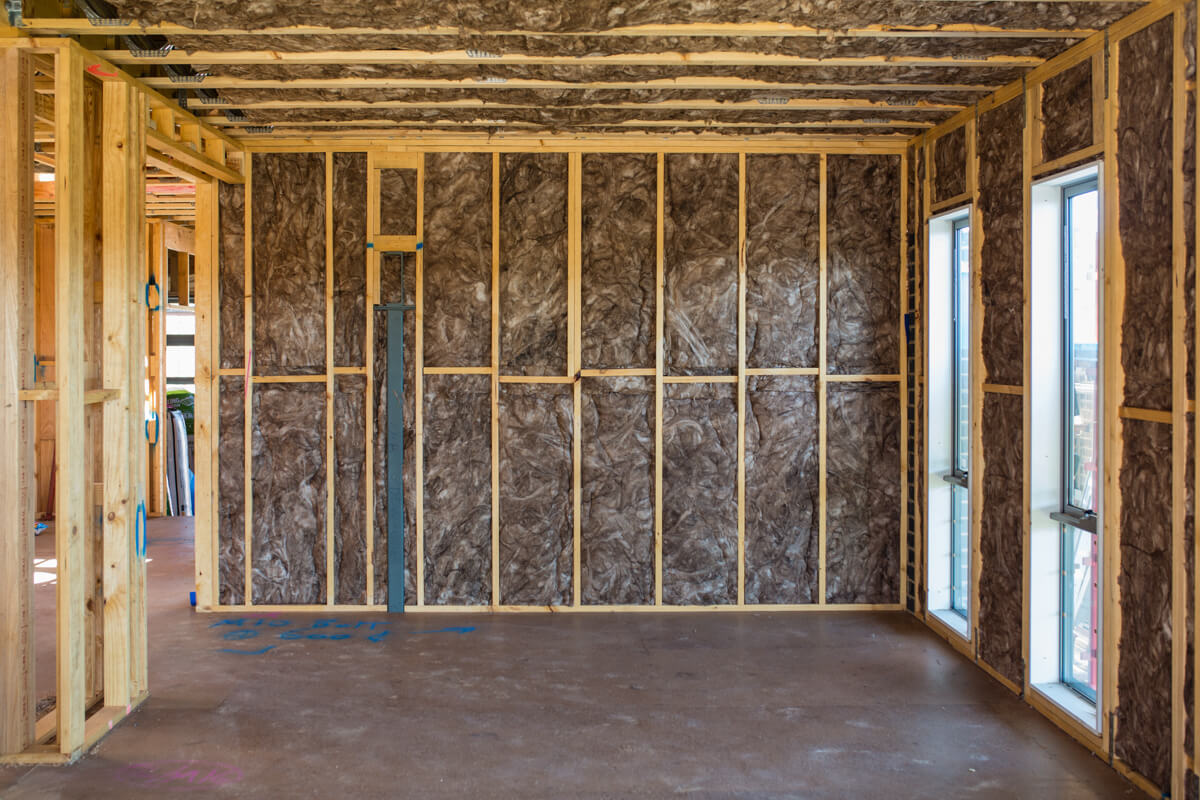
How Much Can You Save With Internal Wall Insulation?
One of the biggest reasons people look into wall insulation is the ongoing savings. Heating a home with uninsulated solid walls can feel like pouring money out through the bricks and the numbers back it up.
On average, insulating solid walls can save:
- Detached homes – £700+ per year
- Semi-detached homes – £400 to £600 per year
- Terraced homes – £300 to £400 per year
These are average figures, so the exact saving depends on your property’s size and how much energy you currently use. But the point is simple: once the insulation is in place, it keeps working for you year after year.
And it’s not just the gas or electric bills. Improving your property’s EPC rating makes it more attractive on the housing market too. Buyers are increasingly focused on efficiency, and a higher EPC can translate into a better sale price or rental value.
There’s also the comfort factor, which is harder to put a number on but makes a real difference. A home that stays warm without constant heating means fewer draughts, fewer cold spots, and a more stable indoor climate.
Add all of that together, and the savings quickly outweigh the disruption of installation. Especially when funding covers most, if not all of the cost.

What’s Included in the Internal Wall Insulation Grant?
One of the first questions people ask is, “What exactly do I get with the grant?” The answer is: quite a lot. Both ECO4 and GBIS are designed to make the process straightforward, with no hidden extras.
Here’s what’s typically included:
- Free property survey – An accredited assessor visits your home, checks your current energy performance, and confirms whether internal wall insulation is suitable.
- Full installation – This covers the insulation boards (or stud wall system, depending on your property), plastering, and all necessary materials.
- All labour costs – You won’t need to arrange builders or pay for separate trades. Everything is handled by certified installers.
- Quality checks & warranties – Once the work is complete, inspections are carried out to make sure it meets the right standards. Most installations come with a warranty for added peace of mind.
Under ECO4, qualifying households often have the entire cost covered. With GBIS, the funding is usually partial, meaning you may contribute something towards the work, but the grant still takes a large chunk off the price.
The important part is that you’re never left guessing. From survey through to sign-off, the process is fully managed, and you’ll know exactly what’s being done in your home.
So instead of worrying about unexpected bills or confusing fine print, you can focus on the outcome: a warmer, more efficient property with lower running costs.
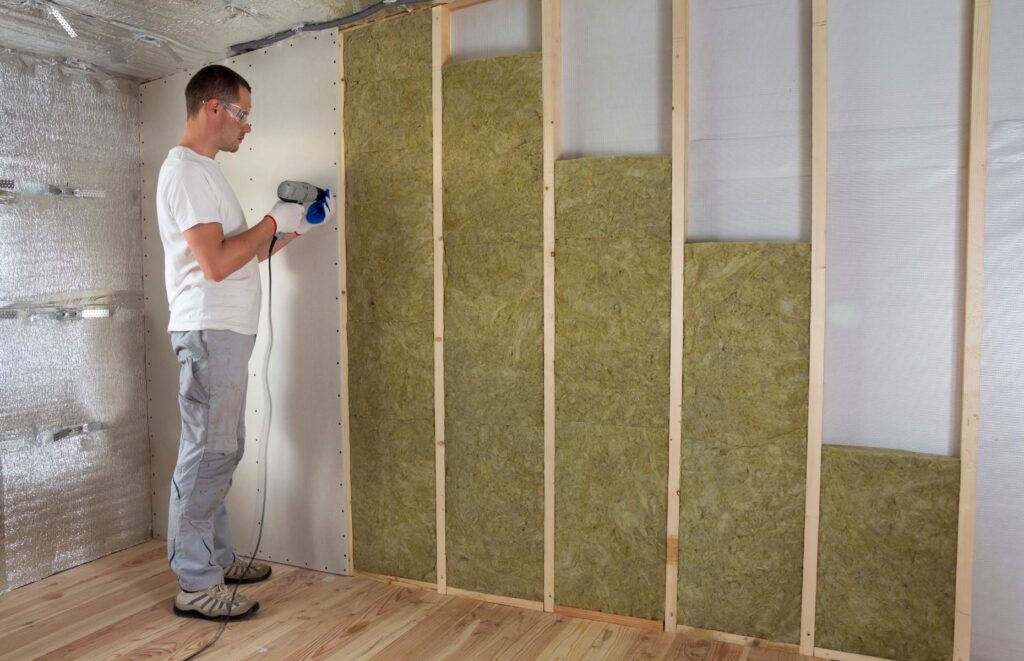

Types of Internal Wall Insulation
Not every home is the same, and the best insulation method can vary depending on your property. Installers usually recommend one of two main approaches:
Insulated Plasterboard (Dry Lining)
This is the most common method. Insulated plasterboards are fixed directly onto the inside of your walls, creating a thermal barrier. Once in place, they’re skimmed and finished just like a normal wall. It’s a relatively quick solution and works well in most rooms.
Stud Wall Insulation
In some cases, a stud frame is built a small distance from the existing wall, with insulation material fitted inside the frame. Plasterboard is then added on top. This method is often used where walls are uneven, or where extra thickness is needed for better performance.
Which option is chosen depends on factors like your wall condition, available space, and the installer’s professional judgment. Either way, the goal is the same: to cut heat loss and make your home more efficient without dramatically changing the look of your interior.
Both methods are covered under government grants, so you don’t need to worry about choosing one over the other. That decision is made during the property survey, ensuring the right approach is used for your home.

Can I Get a Grant If I Already Have Some Wall Insulation?
Applying for an internal wall insulation grant may sound complicated, but we’ve streamlined it into a simple step-by-step process. From the first phone call to the final handover, everything is managed for you.
Here’s how it works:
- Eligibility check – You can start online or over the phone. We ask a few quick questions about your home and household to see if you may qualify.
- Free property survey – If you’re likely eligible, we’ll arrange for an accredited surveyor to visit. They’ll confirm your home’s energy rating and check whether internal wall insulation is suitable.
- Application submission – We handle the paperwork. Your application is submitted through ECO4 or GBIS (whichever is the best fit for your situation).
- Installation – Once approved, certified installers carry out the work. Depending on the size of your property, this usually takes several days.
- Quality checks – After the installation, inspections are carried out to make sure everything meets required standards.
- Aftercare & warranties – You’ll receive details of any warranties included, along with support should you need it in the future.
Most projects take around 3 to 6 weeks from start to finish, depending on how quickly surveys and approvals can be scheduled.
The key point is that you’re not left to figure anything out alone. At Free Energy Savings, we guide you through each stage, keeping the process clear and stress-free. You focus on enjoying the benefits of a warmer, more efficient home, while we take care of the details.
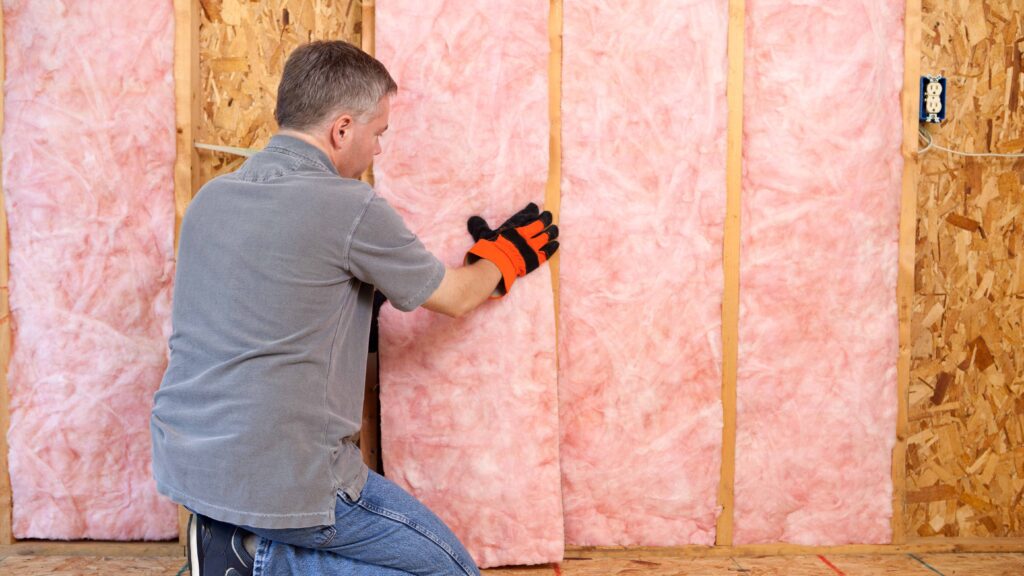
Our Application & Installation Process
One of the most common worries people have is that applying for a grant will be complicated or time-consuming.
We get it, but with Free Energy Savings, it isn’t.
We’ve streamlined the entire process so you’re not chasing paperwork, installers, or updates. Here’s how it works:
Six Simple Steps
- Check Your Eligibility
Start online or over the phone, it only takes 60 seconds. We’ll ask a few basic questions to see which schemes you might qualify for. - Book Your Free Home Survey
If you’re eligible, we’ll arrange for a qualified energy assessor to visit your home. They’ll check your roof, EPC rating, and energy usage to confirm what’s possible. - We Handle the Application
We submit your application through the relevant grant scheme (like ECO4 or LA Flex) and manage all the paperwork for you. - Installation Day
Once approved, our certified installers carry out the work, usually within a day or two. We only use trusted, MCS-certified teams with plenty of experience. - Final Checks & Sign-Off
After installation, we carry out quality assurance checks and make sure everything’s running as it should. - Warranties & Aftercare
You’ll receive all documentation, warranties, and guidance on how to get the most from your system. And if you need help later? We’re still here.
“The whole process, from check to install, usually takes 3–6 weeks. We’ll keep you updated at every step.”
Why Choose Free Energy Savings?
When it comes to government-backed insulation grants, the process can feel confusing: different schemes, changing rules, and plenty of fine print. That’s where we come in.
At Free Energy Savings, we specialise in securing ECO4 and GBIS funding for households across the UK. Over the years, we’ve helped thousands of families, landlords, and tenants access improvements like wall insulation, loft insulation, and boiler upgrades, often at no upfront cost.
Here’s why people choose us:
- Specialists in ECO4 & GBIS – We know the schemes inside out, so you don’t have to.
- Fast-track applications – We manage the paperwork, saving you time and stress.
- Certified installers only – Every project is carried out to proper standards.
- No-obligation surveys – Find out if you qualify before committing to anything.
- Clear communication – We keep you updated at every stage.
Our role is simple: take the guesswork out of the process and make sure you get the maximum funding you’re entitled to. From the first eligibility check to the final inspection, we handle the details, so you can enjoy a warmer, more efficient home with peace of mind.
For many households, the grant is a once-in-a-generation opportunity to make lasting improvements. And with Free Energy Savings managing the process, you can be confident it’s done right.
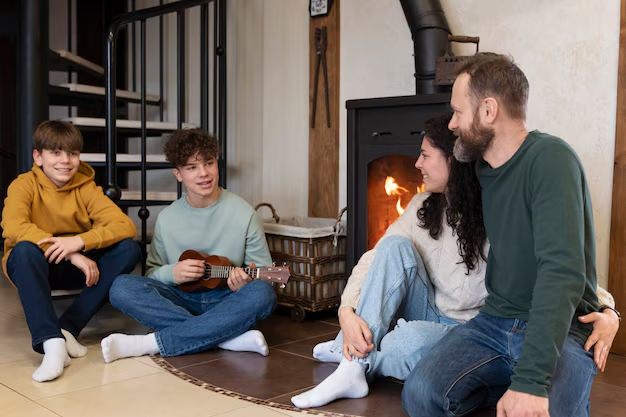
Ready to Apply for a Internal Wall Insulation Grant?
Insulating your internal walls is one of the most effective ways to cut down heat loss, lower your bills, and make your home more comfortable. With government-backed funding through ECO4 and the Great British Insulation Scheme, you may be able to have the work carried out at little to no cost, depending on your eligibility.
The benefits are long-lasting: a warmer home in winter, cooler rooms in summer, and yearly savings that add up quickly. On top of that, your property becomes more energy efficient, with an improved EPC rating that can boost its value.
At Free Energy Savings, our role is simple, we take care of the process from start to finish. From the first eligibility check to the final quality inspection, we manage the details so you don’t have to. No jargon, no hidden costs, and no stress.
If you’re unsure whether you qualify, the best step is to check. It only takes a minute to get started, and you may be surprised at the level of support available.
Frequently Asked Questions
It depends on which scheme you qualify for. Under ECO4, many households have the full cost covered, meaning there’s nothing to pay. With GBIS, the funding is usually partial, so you may contribute towards the cost. Either way, the grant removes a large chunk of the expense, making insulation affordable for households that wouldn’t normally consider it.
Yes. While ECO4 is mainly for households on low income or benefits, the GBIS scheme is open to a wider group. If your home has an EPC rating of D or below and falls into the right council tax band (A–D in England, A–E in Scotland/Wales), you may still qualify for support even without claiming benefits.
The savings vary depending on the type of property, but average figures look like this:
- Detached: £700+ per year
- Semi-detached: £400–£600 per year
- Terraced: £300–£400 per year
These savings are ongoing, so the benefit adds up every year the insulation is in place. Plus, your home’s EPC rating improves, which can add long-term value.
There will be some disruption, after all, installers need access to your internal walls. Furniture may need moving, and you’ll likely have to redecorate afterwards since plaster and paint are affected. That said, certified installers aim to minimise the mess and keep the work contained. Many households find the short-term inconvenience is well worth it for the long-term comfort and savings.
It depends on the size of your property. For a smaller home, work may be completed in under a week. Larger homes can take longer, sometimes up to two weeks. The surveyor will give you a clearer timeline once they’ve assessed your property. On average, expect the whole process (from application through to completed installation) to take around 3–6 weeks.
Yes, both can qualify. Tenants can apply with their landlord’s permission, and landlords can apply directly to improve rental properties. In fact, raising a property’s EPC rating can help landlords meet legal energy efficiency requirements while also reducing tenants’ bills.
Most likely, yes. Internal wall insulation involves fitting boards or a stud system, then plastering over the surface. That means existing paint, wallpaper, or finishes are removed. Once the work is complete, walls will be ready for fresh decoration. Some households see it as a good opportunity to give their rooms a new look at the same time.
Yes. In fact, many households have multiple improvements done under ECO4. Internal wall insulation can often be combined with measures like loft insulation, boiler replacements, or even renewable heating systems. The survey will identify which upgrades are suitable for your property and whether funding is available for more than one.
Installed properly, it should last 25 years or more. Once it’s in place, there’s little to no maintenance required. The boards or stud walls are part of your home’s structure, so they stay effective for decades without needing replacement.
Very little. Once the insulation is fitted, the only thing you’ll ever need to do is redecorate as normal over time. Unlike some other energy measures, there are no moving parts or regular servicing requirements.
Not always. It’s designed for solid-walled properties, which are common in houses built before the 1930s. If your home already has cavity walls or external insulation, it may not be the right fit. That’s why the free property survey is important, it confirms whether internal insulation is a good option for your home.
Yes, but only slightly. Internal wall insulation adds a new layer to the inside of your walls, which usually means losing a few centimetres of space. Most homeowners find it’s barely noticeable once decorated, especially compared to the benefit of warmer rooms and lower bills.
No. With ECO4 and GBIS, funding is clear and transparent. Under ECO4, eligible households often have the entire job fully funded. Under GBIS, you may contribute towards the cost, but this will be explained upfront before any work begins. There are no surprise bills once installation has started.
Only certified installers approved under the scheme. This ensures the insulation is fitted correctly, meets government standards, and comes with quality checks and warranties. At Free Energy Savings, we only work with accredited professionals we trust.

What Our Customers Have To Say
Read More Of Our Reviews On Trust Pilot
We’ve had some bad experiences with installers in the past, but Free Energy Savings was a breath of fresh air. They were helpful and patient, answering all of our questions about the ECO4 scheme and making sure we understood how it worked. The installation was done quickly and professionally, and the team was extremely respectful of our home.
- Jessica B
We were a bit unsure about how the ECO4 grant worked, but Free Energy Savings made everything so simple. The team explained every detail of the grant and the benefits from a new boiler installation. When it came time for the installation, they arrived right on schedule and worked hard to get everything set up. What impressed me most was the attention to detail….
- Amelia L
Free Energy Savings exceeded all of our expectations. From the moment we contacted them, they were responsive and informative. The team helped us through the paperwork for the ECO4 grant, which was a big help since we had no idea where to start. The installation crew was friendly, professional, and fast. It’s been a couple of months now, and we’re already…



